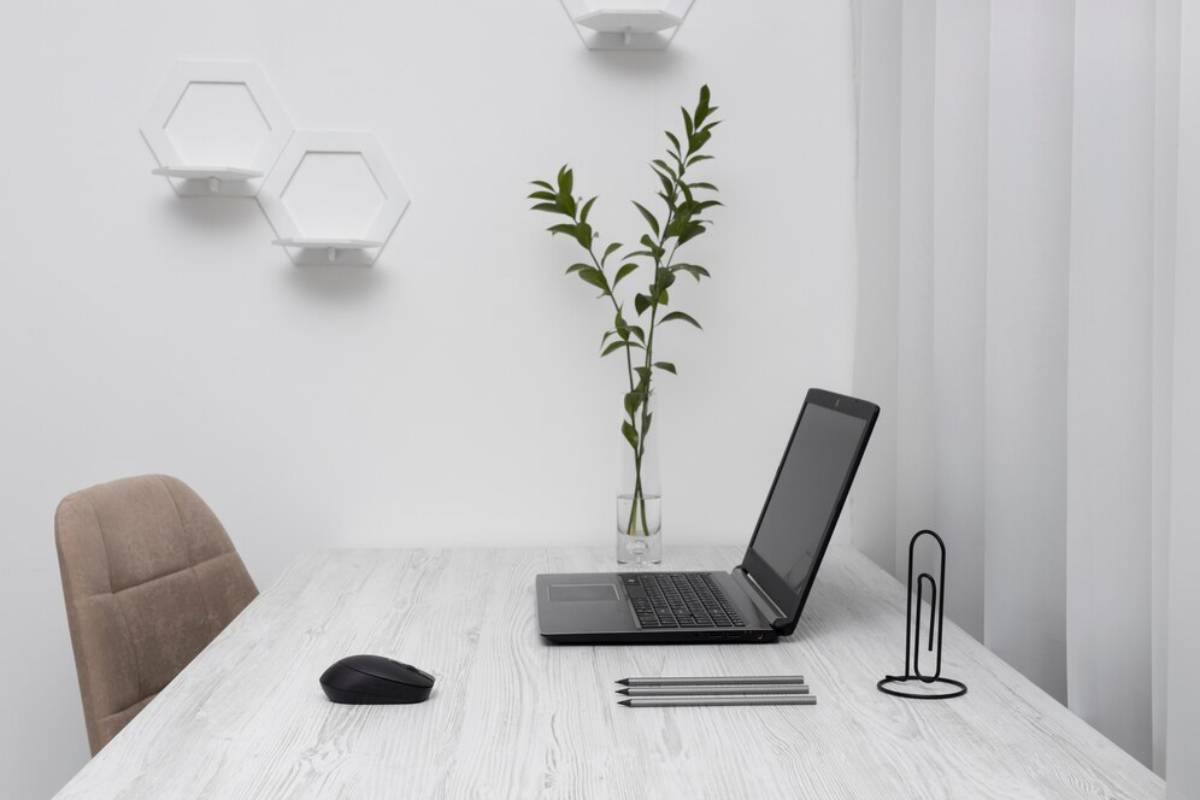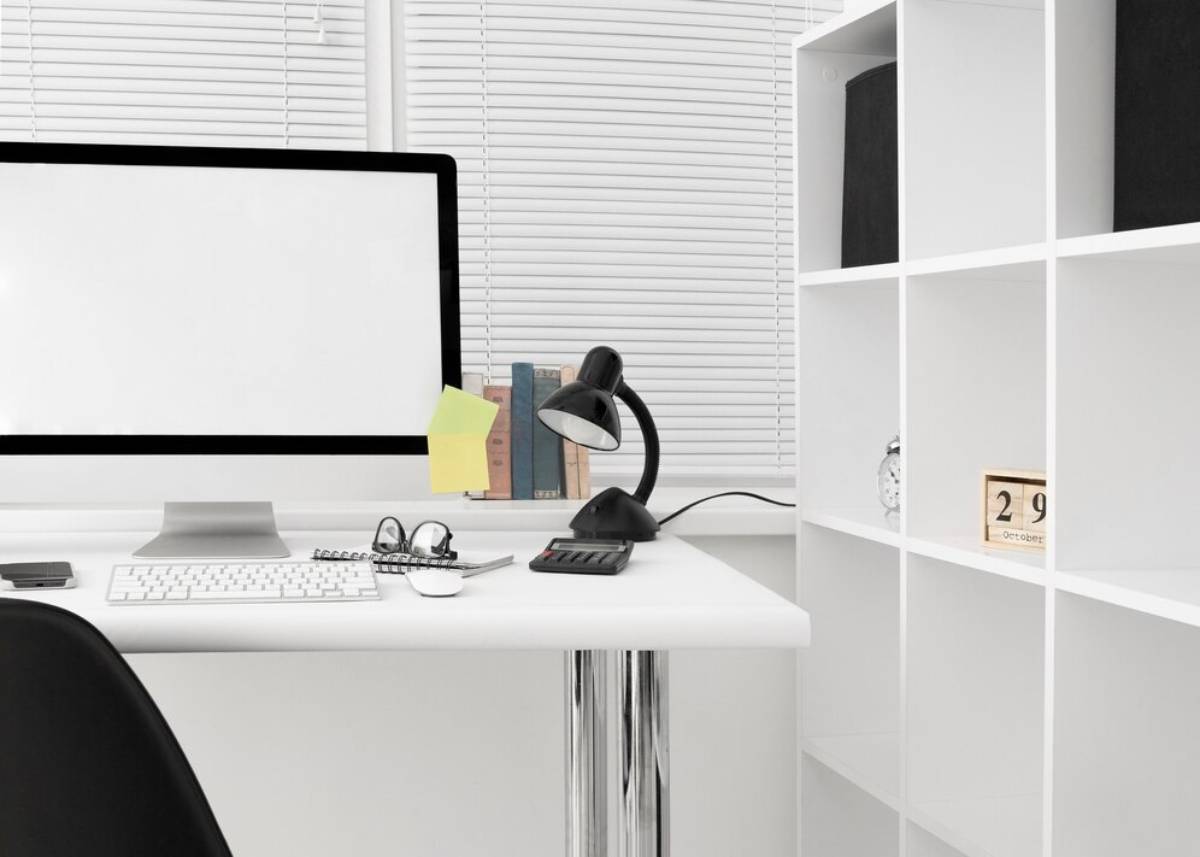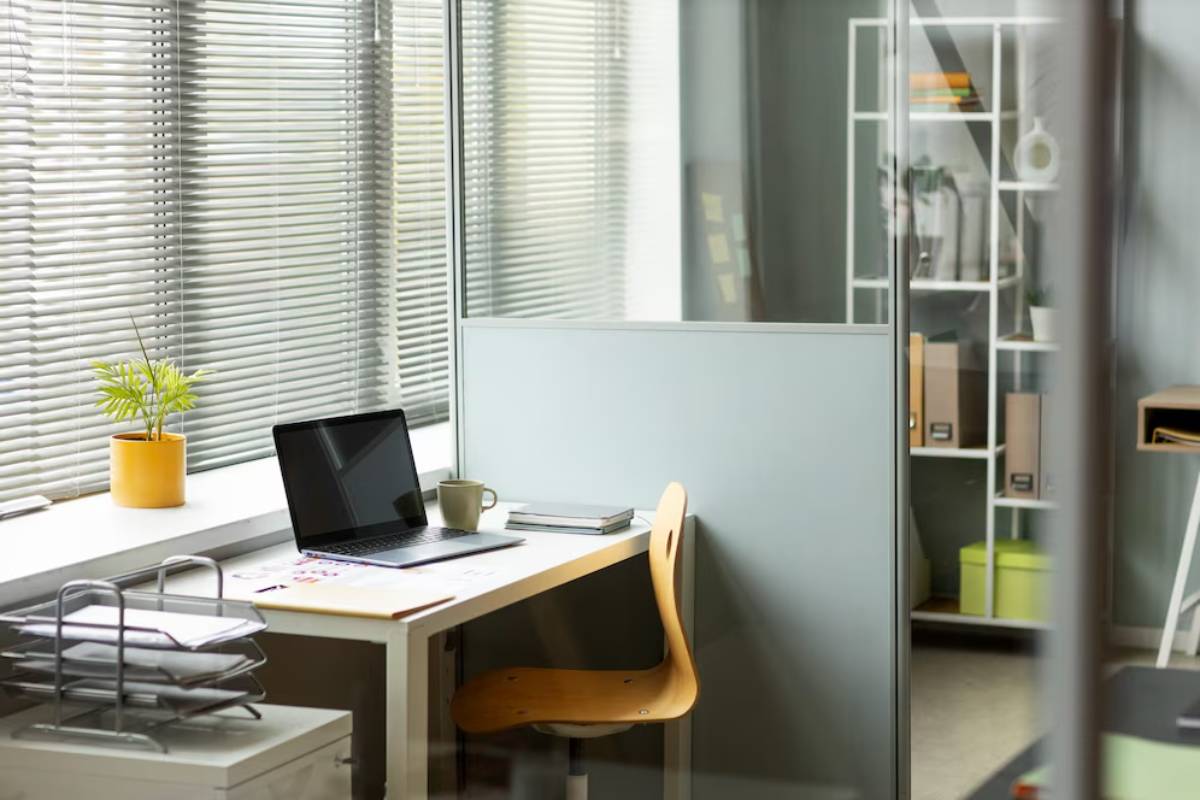
Minimalist Desks and Seating Ideas
In an age where less is more and simplicity reigns, creating a workspace that reflects clarity and calm has never been more essential. Whether you’re working from home or furnishing a small studio, a thoughtful blend of functionality and form is key. Enter the world of Scandinavian design—where clean lines, honest materials, and refined silhouettes offer the ideal foundation for compact workspaces.
This guide explores how to choose the perfect minimalist desk and complementary Nordic seating that support productivity, comfort, and a timeless aesthetic.
Why Minimalism Works for Workspaces

Minimalism isn’t about empty spaces—it’s about intentional ones. In the context of work, this philosophy helps reduce distractions, create visual clarity, and promote mental focus.
Benefits of a Minimalist Setup:
- Less clutter = more focus
- Streamlined aesthetics promote calm
- Compact furniture optimises small rooms
- Easy to clean and maintain
- Promotes better ergonomics and posture
When done right, minimalist desks and seating are not only practical—they become part of the room’s visual narrative.
Choosing the Right Minimalist Desk
A minimalist desk is defined by its streamlined profile, unobtrusive hardware, and material integrity. Scandinavian desks elevate this further through natural wood tones, muted colours, and considered craftsmanship.
1. Wall-Mounted Desks
Ideal for ultra-small rooms, these fold-down or floating designs keep the floor clear and the footprint minimal.
Best For: Studio apartments, hallway offices, or bedroom corners
Design Tip: Pair with a slim vertical shelf above for added storage.
2. Trestle Desks
Two sawhorse-style legs and a clean top make this an open, adaptable option. Often used by creatives for sketching or dual-monitor setups.
Style Element: Raw wood or powder-coated steel base with a matte surface.
Why It Works: It’s lightweight, elegant, and customisable in scale.
3. Slimline Drawer Desks
Minimalist doesn’t mean lacking storage. Choose a narrow desk with discreet drawers for pens, notebooks, or devices.
Scandi Detail: Handleless fronts, soft-close drawers, or recessed pulls.
4. Compact Writing Tables
Simple by design, these desks are ideal for light laptop use or journaling. No fuss—just a surface and legs.
Material Picks: White-lacquered wood, pale ash, or light oak.
Bonus: Easily doubles as a console or entryway table when not in use.
5. Standing Desks (with Nordic Touches)
Adjustable standing desks get a minimalist makeover in Scandinavia—look for versions with wood veneer tops, muted base colours, and clean silhouettes.
Nordic Seating for Style and Support
Nordic seating goes beyond aesthetics. Scandinavian chairs are engineered for comfort, posture, and visual lightness.
1. Plywood Shell Chairs
These classic mid-century inspired seats feature curved plywood and minimal padding—offering ergonomic support in an iconic shape.
Style Tip: Choose tones that match or complement your desk wood grain.
2. Upholstered Dining-Style Chairs
Scandi-style dining chairs with fabric or leather seats can transition beautifully into a workspace.
Why It Works: Soft materials and light proportions add warmth and comfort without bulk.
3. Cane-Back or Rattan Chairs
These add visual texture while maintaining an airy, relaxed feel—perfect for creative professionals or part-time work zones.
Pairing Idea: Soft linen cushions or a wool throw for extra coziness.
4. Adjustable Task Chairs with Nordic Aesthetics
Not every ergonomic chair has to look like it belongs in a corporate cubicle. Brands now offer supportive, breathable seating in minimalist palettes.
Look For: Mesh backs, castor bases in matte black or white, and neutral upholstery.
5. Stools and Benches
In extremely tight compact workspaces, consider a small stool or backless bench that can tuck away when not in use.
Best For: Drop-down desks, kitchens, or shared living/working zones.
Material and Colour Combinations That Work
Scandinavian minimalism thrives on a limited, harmonious palette. Combine texture with tone for visual depth.
Desks:
- Light woods: Birch, ash, whitewashed oak
- Soft matte finishes: White, taupe, grey-green
Seating:
- Natural wood with linen or wool
- Neutral leathers (tan, soft grey)
- Monochrome steel or powder-coated frames
Keep contrast low to promote visual calm. Let materials like wood grain, woven texture, or subtle weave patterns do the talking.
Ideas for Ultra-Compact Workspaces
If you’re working with minimal square footage, space-saving strategies are key.
1. Foldaway Desks
Wall-mounted with hidden hinges—drop down when needed, fold up when done.
2. Dual-Purpose Furniture
A console table that serves as a desk, or a dining chair that doubles as your task chair.
3. Vertical Storage
Use shelves, pegboards, or wall grids to store supplies up, not out.
4. Rolling Carts
Tuck under your desk during work, and move out of sight after.
Styling Tips for a Cohesive Look
A minimalist workspace shouldn’t feel sterile. These details add warmth and character:
- A soft area rug under the desk
- A framed print or line drawing above eye level
- A small ceramic cup for pens
- A desktop lamp with fabric or opal glass shade
- A leafy plant in a pale pot
All decorative elements should serve a visual or functional purpose—and nothing more.
Lighting That Complements the Aesthetic
Task lighting is essential for work—but it should feel like it belongs.
Best Lighting for Compact Workspaces:
- Slimline LED desk lamps in white or black
- Anglepoise or clamp-on styles for desks with no surface room
- Pendant lights in small spaces—hung low over the work zone
Use warm colour temperatures (2700–3000K) to maintain a cozy, inviting workspace.
Common Mistakes to Avoid
Overfurnishing a small space with bulky desks or chairs
Ignoring ergonomics in favour of looks
Choosing bright or jarring colours that distract from the task
Letting cables clutter your clean lines
Sacrificing storage entirely—minimalism ≠ impracticality
Sample Layout Ideas
The Bedroom Nook:
- Slimline desk with tapered legs
- Upholstered chair in beige wool
- Linen pin board and soft wall sconce
The Open-Plan Studio:
- Wall-mounted drop-down desk
- Rattan stool tucked underneath
- Small plant and ceramic catch-all dish
The Dedicated Home Office:
- Oak writing desk with integrated drawers
- Ergonomic chair in grey felt
- Shelving unit with hidden storage bins
Each layout keeps the focus on light, flow, and quiet utility.
Key Takeaway
The right minimalist desk and Nordic seating create more than a place to work—they craft an environment for clarity, creativity, and calm. Whether you’re outfitting a studio or carving out a niche in your home, compact workspaces can be just as inspiring as expansive ones when designed with purpose.
Simplicity Fuels Focus

Scandinavian design shows us that elegance is found in restraint, and function is elevated through thoughtfulness. By choosing pieces that reflect these values, your workspace can become a sanctuary—not just for getting things done, but for doing them well.
So pare down, think deeply, and build your space around what you need—not what you think you should have. The result? A desk that clears your mind, and a chair that holds you steady.


